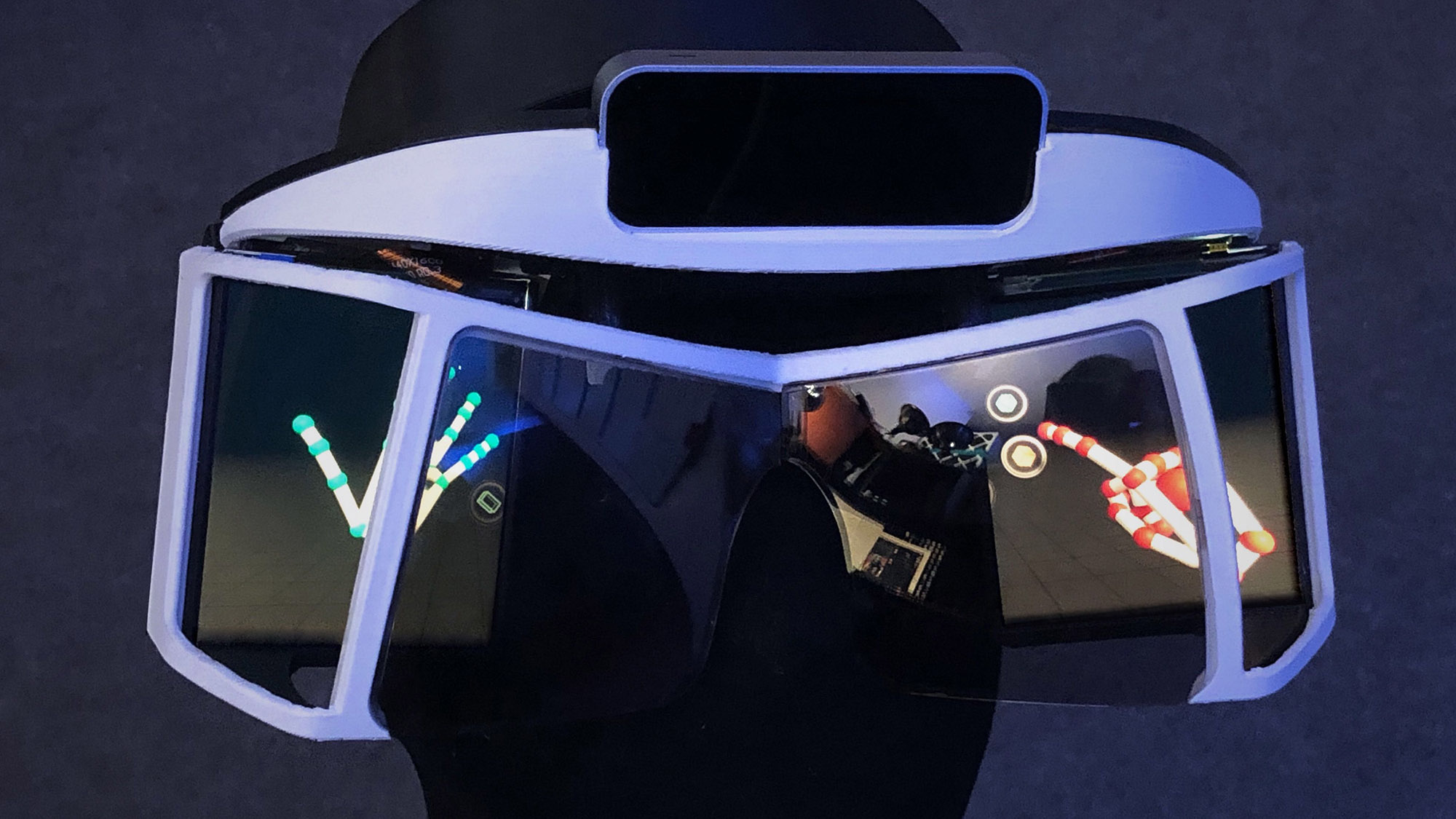Today we’re excited to share the latest major design update for the Leap Motion North Star headset. North Star Release 3 consolidates several months of research and insight into a new set of 3D files and drawings. Our goal with this release is to make Project North Star more inviting, less hacked together, and more reliable. The design includes more adjustments and mechanisms for a greater variety of head and facial geometries – lighter, more balanced, stiffer, and more inclusive.
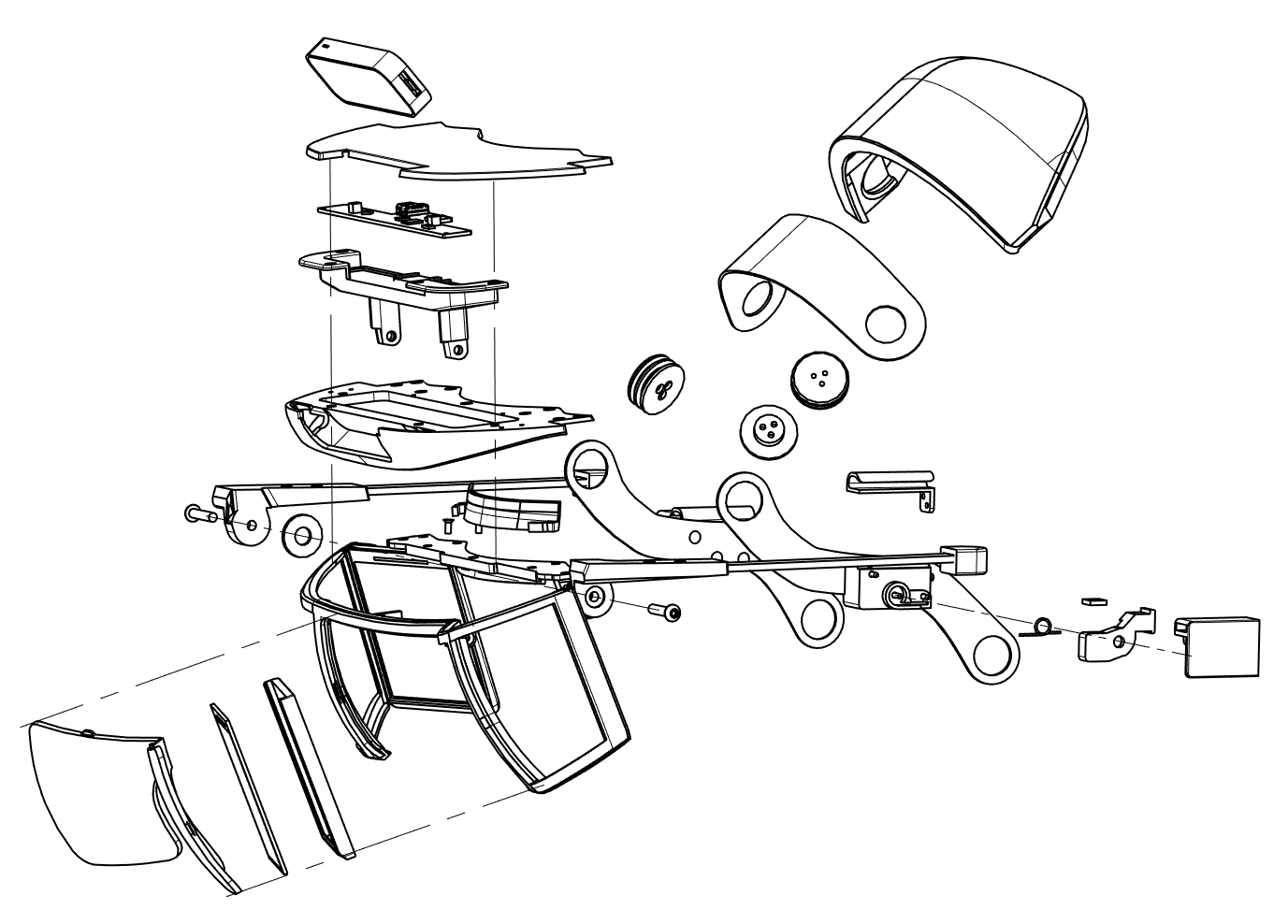 With each design improvement and new prototype, we’ve been guided by the experiences of our test participants. One of our biggest challenges was the facial interface, providing stability without getting in the way of emoting.
With each design improvement and new prototype, we’ve been guided by the experiences of our test participants. One of our biggest challenges was the facial interface, providing stability without getting in the way of emoting.
Now, the headset only touches the user’s forehead, and optics simply “float” in in front of you. The breakthrough was allowing the headgear and optics to self-align between face and forehead independently. As a bonus, for the first time, it’s usable with glasses!
Release 3 has a lot packed into it. Here are a few more problems we tackled:
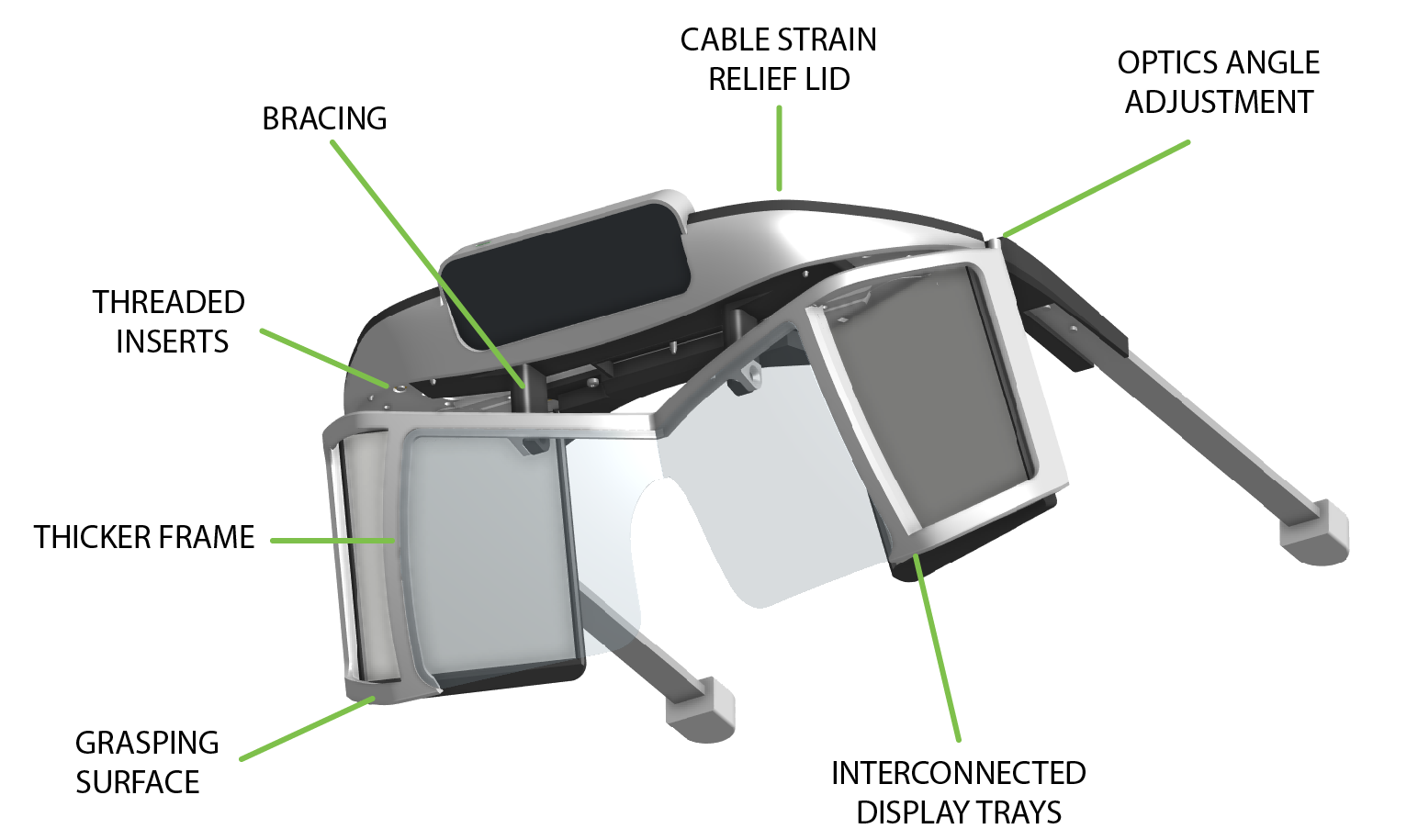
New forehead piece. While we enjoyed the flexibility of the welder’s headgear, it interfered with the optics bracket, preventing the optics from getting close enough. Because the forehead band sat so low, the welder’s headgear also required a top strap.
Our new headgear design sits higher and wider, taking on the role of the top strap while dispersing more weight. Choosing against a top strap was important to make it self-evident how the device is worn, making it more inviting and a more seamless experience. New users shouldn’t need help to put on the device.
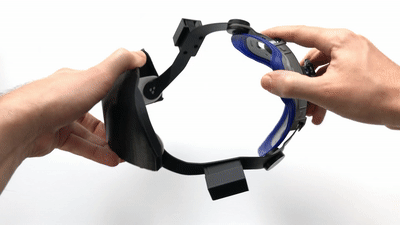
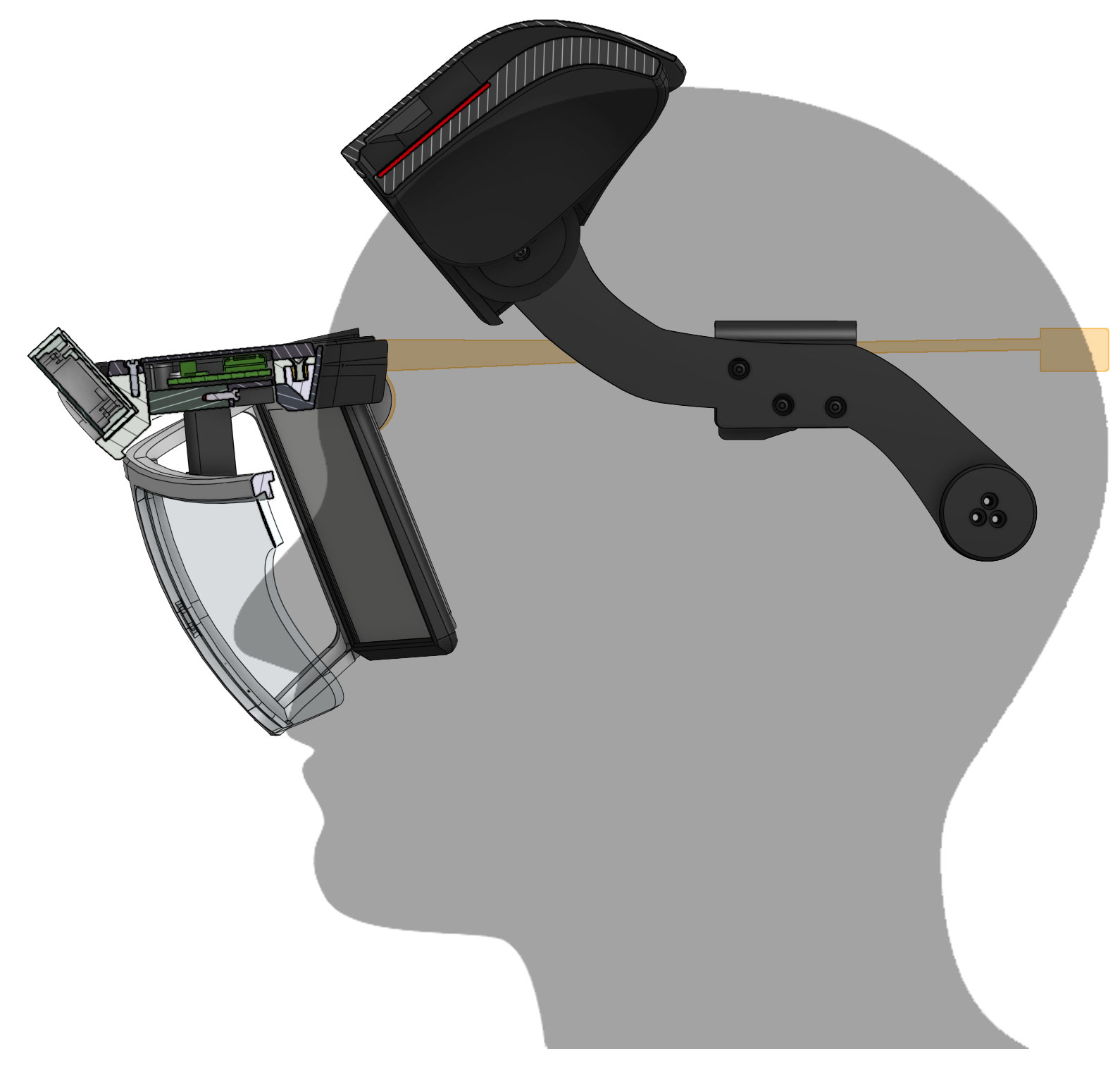 Another problem with the previous designs was slide-away optics. The optics bracket would slide away from the face occasionally, especially if the user tried to look downward.
Another problem with the previous designs was slide-away optics. The optics bracket would slide away from the face occasionally, especially if the user tried to look downward.
Now, in addition to the new forehead, brakes are mounted to each side of the headgear. The one-way brake mechanism allows the user to slide the headset towards their face, but not outwards without holding the brake release. The spring is strong enough to resist slipping – even when looking straight down – but can be easily defeated by simply pulling with medium force in case of emergency.
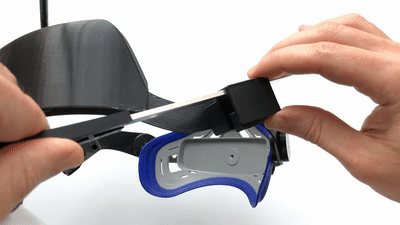
Weight, balance, and stiffness comes as a whole. Most of the North Star headset’s weight comes from the cables. Counterbalancing the weight of the optics by guiding the cables to the back is crucial for comfort, even if no weight is removed. Routing the cables evenly between left and right sides ensures the headset isn’t imbalanced.
By thickening certain areas and interlocking all the components, we stiffened the design so the whole structure acts cohesively. Now there is much less flexure throughout. Earlier prototypes included aluminum rods to stiffen the structure, but clever geometry and better print settings offered similar performance (with a few grams of weight saved)! Finally, instead of thread-forming screws, brass inserts were added for a more reliable and repeatable connection.
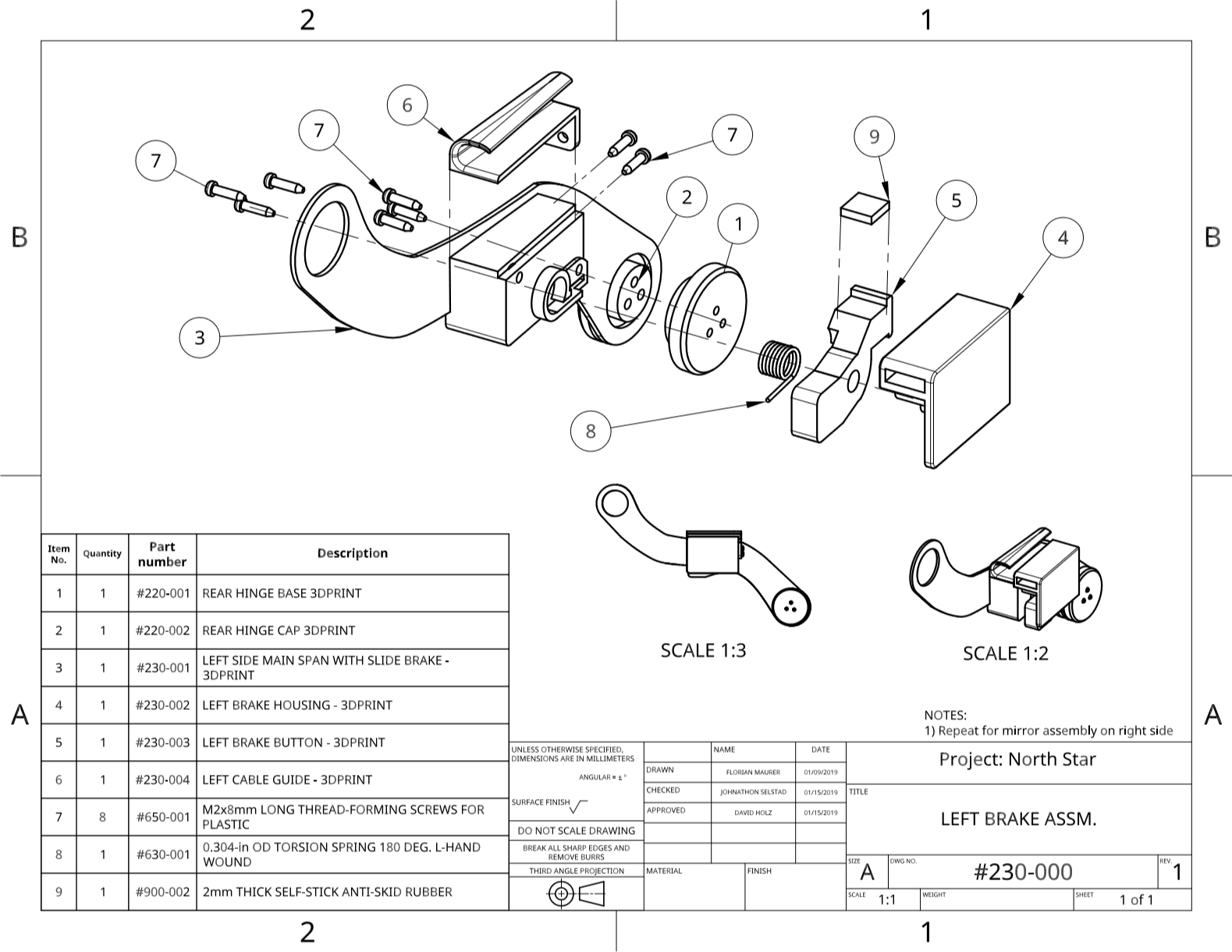
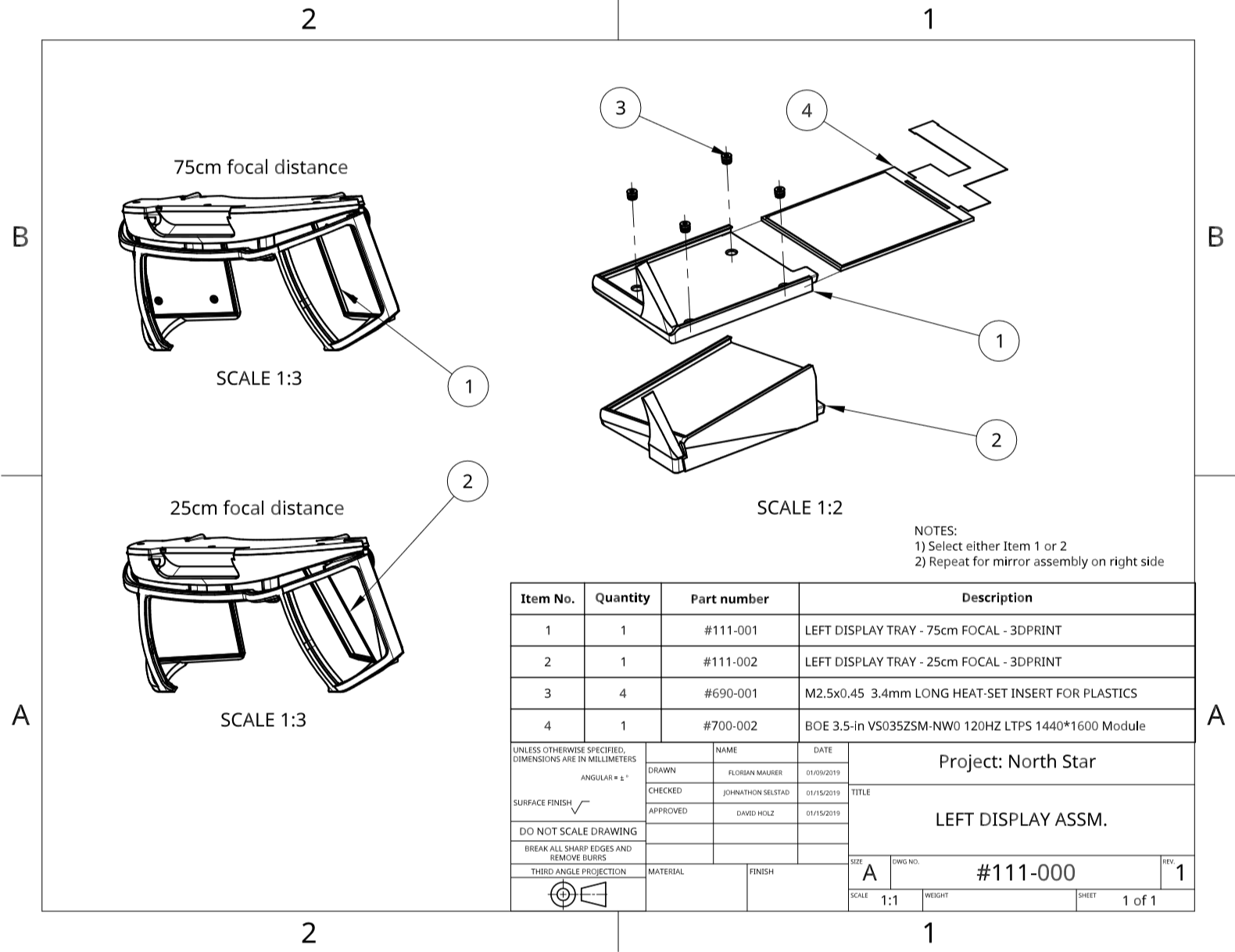
Interchangeable focal distances. Fixed focal distances are one of the leading limiting factors in current VR technology. Our eyes naturally change focus to accommodate the real world, while current VR tech renders everything to the same fixed focus. We spent considerable time determining where North Star’s focal distance should be set, and found that it depends on the application. Today we’re releasing two pairs of display mounts – one at 25cm (the same as previous releases) and the other at an arm length’s 75cm. Naturally 75cm is much more comfortable for content further away.
Finally, a little trick we developed for this headgear design: bending 3D prints. An ideal VR/AR headset is light yet strong, but 3D prints are anisotropic – strong in one direction, brittle in another. This means that printing large thin curves will likely result in breaks.
Instead, we printed most of the parts flat. While the plastic is still warm from the print bed, we drape the plastic over a mannequin head. A few seconds later, the plastic cools enough to retain the curved shape. The end result is very strong while using very little plastic.
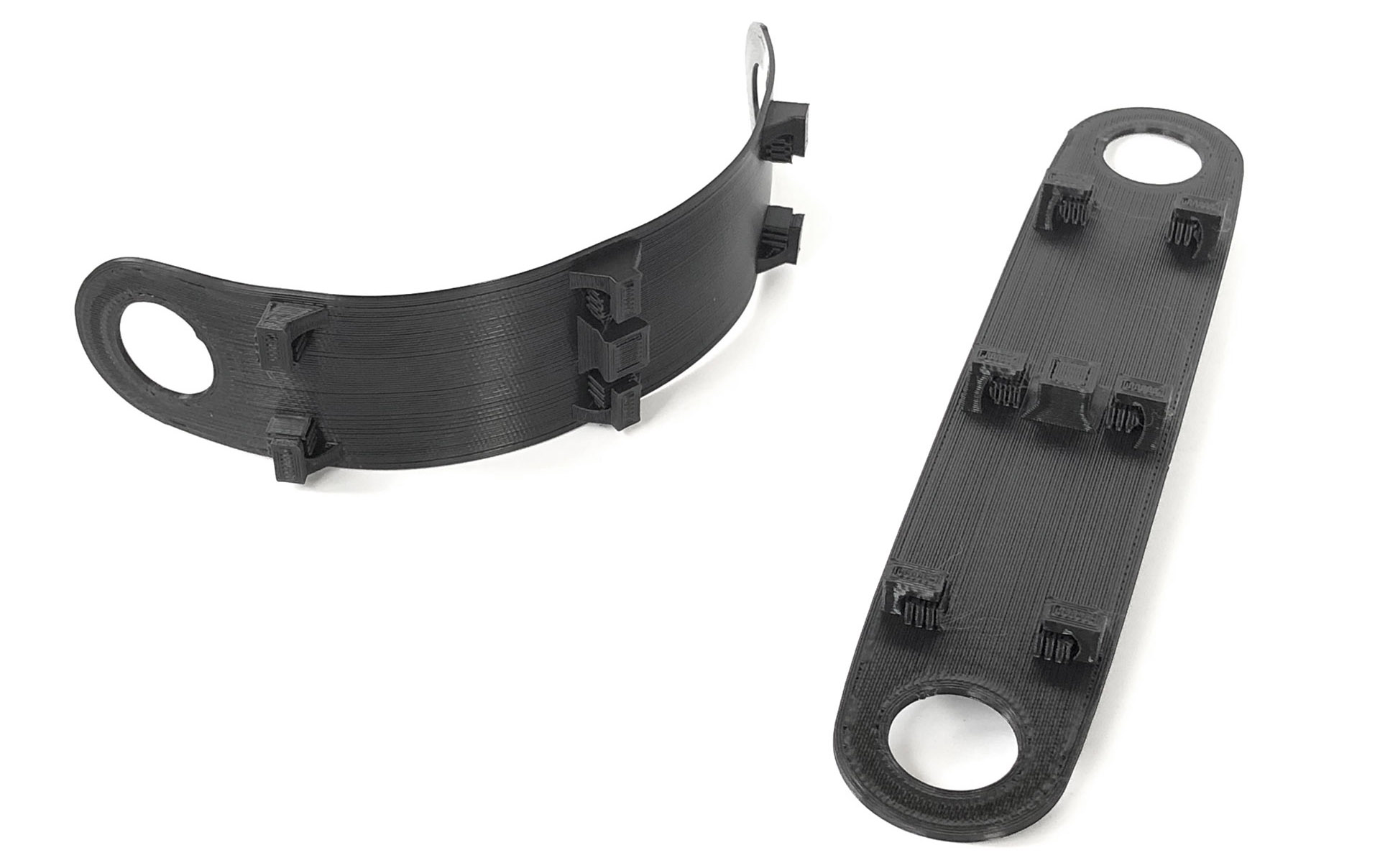
While the bleeding edge of Project North Star development is in our San Francisco tech hub, the work of the open source community is a constant source of inspiration. With so many people independently 3D printing, adapting, and sharing our AR headset design, we can’t wait to see what you do next with Project North Star. You can download the latest designs from the Project North Star GitHub.

